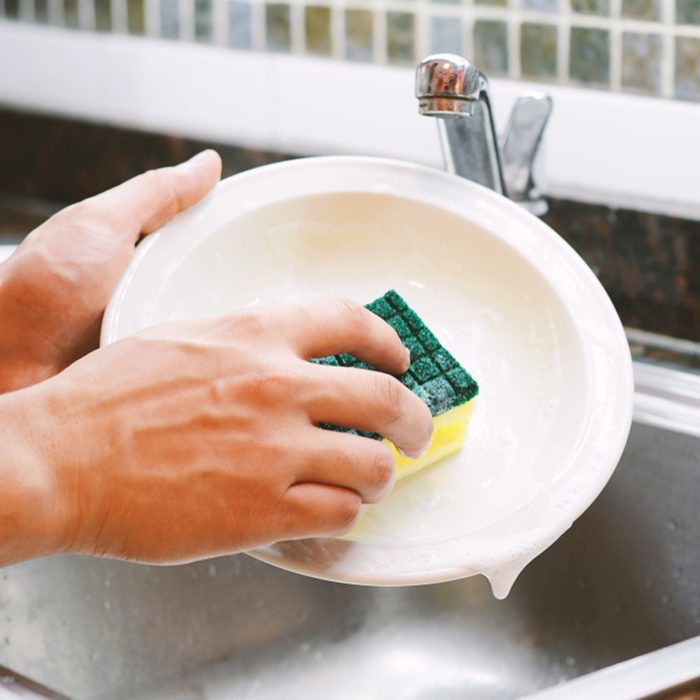
Not cleaning or replacing your sponge often enough
Make sure to clean your sponge every day by microwaving it for one minute, running it in the dishwasher on the dry cycle or by soaking it in a bleach solution for one minute. Replace it frequently, ideally once per week, as after as little as two to three uses sponges can start harboring bacteria that can lead to food poisoning. Also, if your sponge smells, throw it out.
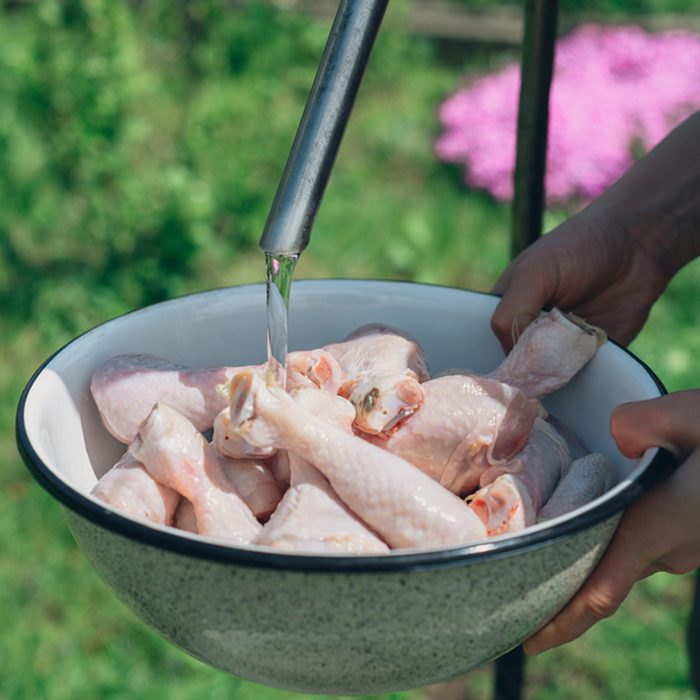
Rinsing your poultry
Rinsing poultry such as chicken, turkey, and duck is customary in most households but has been found to not actually remove any of the harmful bacteria that can make us sick and the splashing water can actually spread that bacteria around your kitchen. The only way to eradicate this bacteria is by cooking your poultry to the proper temperature (more on this in a later slide). Try making this delicious bruschetta chicken recipe with your newfound knowledge on poultry safety!
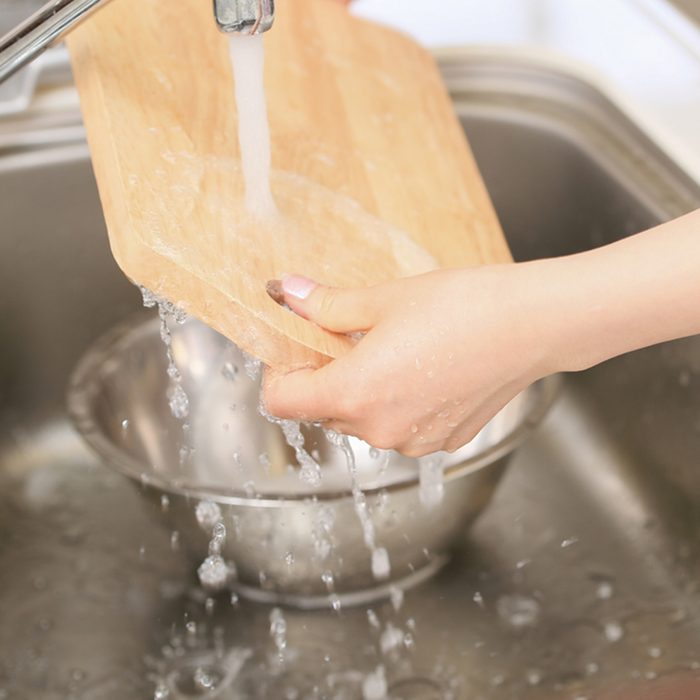
Choosing the wrong cutting board
Make sure to choose the right cutting board for the food that you’re preparing. Wood cutting boards are great for produce while plastic cutting boards are best for meat, poultry and fish as bacteria can more easily set into the crevices of a wooden cutting board.

Forgetting about your dishcloths
Dishcloths can be an easily forgotten culprit for spreading bacteria around the kitchen. From collecting dish water to drying hands, dishcloths are the perfect medium for accumulating potentially harmful bacteria that could make you sick. Make sure to wash your dish rags on a regular basis and consider using separate dishcloths for wiping your hands and drying dishes.
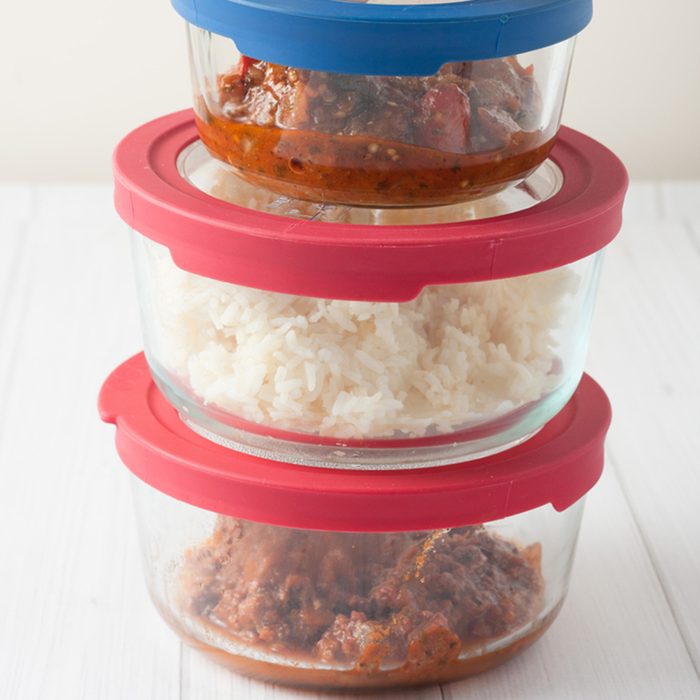
Keeping leftovers too long
While leftovers can be great for lunches or a quick snack in the days following a delicious meal, they can also be quick to harvest bacteria that can cause food poisoning and are oftentimes kept for too long in the fridge. You want to make sure not to eat leftovers that are older than three to four days. Use our guide to keep you and your family safe.
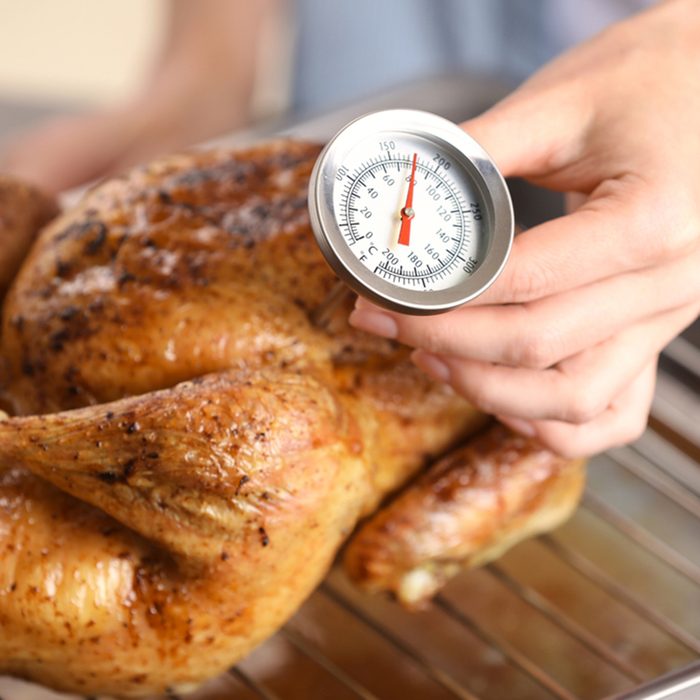
Not checking your meat temperature
One of the best ways to protect yourself and your loved ones from food-borne illness is to make sure you’re cooking your meat, poultry, fish and leftovers to the correct temperature. All poultry and leftovers should be cooked to 165ºF and pork, meat and fish to 145ºF. Have a meat thermometer on-hand in the kitchen to make checking temperatures a breeze.

Haphazard snacking at parties
Whether you’re hosting or attending a party, it’s important to pay attention to food safety. Foods that should be stored in the fridge or served hot should not be eaten if they’ve been sitting out at room temperature for two hours or more. One easy way to work around this is to keep your party foods on ice or hot plates.

Thawing food on the counter
As with keeping foods out at parties for more than two hours at room temperature is a risk for bacterial growth, so is thawing food. While a frozen turkey still may be frozen in the center after sitting on the counter for two hours, the edges of the bird will be in the “danger zone” of any temperature between 40 and 140 degrees, ideal for bacterial growth. The best methods for thawing are in the refrigerator, in cold water that is changed every 30 minutes or in the microwave.
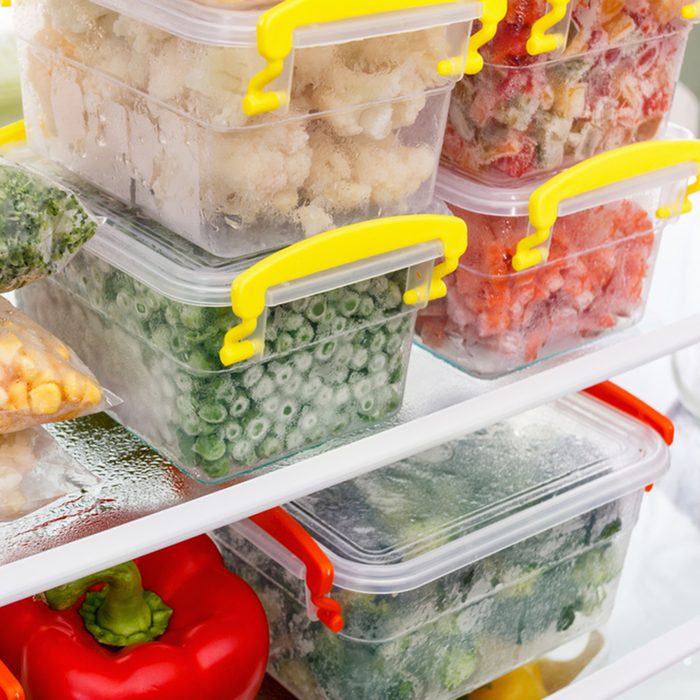
Forgetting about the freezer
Many foods aren’t meant to stay in the freezer indefinitely. Some will be good in there for up to a year but some for only a month. Hot dogs, lunch meat and other smoked meats like bacon and sausage should only be in the freezer for two months maximum, while ground meat and soups are best if used after three months. Cuts of meat, poultry and fish can last up to a year while leftovers should be used within six months.
Up Next: Check out these top 10 kitchen safety do’s and don’ts.
